Introduction
Welcome to Swami Vivekananda Yoga Kendra, your trusted source for holistic wellness through yoga. In this comprehensive blog post, we will delve into the world of Hatha Yoga Asanas, shedding light on their significance and benefits. Whether you’re a seasoned yogi or just starting your journey, this guide will provide you with valuable insights into the practice of Hatha Yoga.
Understanding Hatha Yoga Asanas
Hatha Yoga Asanas are physical postures that form the foundation of Hatha Yoga, a branch of yoga that focuses on balancing the body and mind through physical practices. These postures are designed to enhance flexibility, strength, and mental clarity.
Hatha Yoga Asanas incorporate a wide range of poses, including standing, seated, and reclined postures, each with its unique benefits.
The Essence of Hatha Yoga
Hatha Yoga, often referred to as the “Yoga of Balance,” emphasizes the union of opposites. It brings together the sun (ha) and the moon (tha), symbolizing the balance of opposing forces within the body and mind. Through the practice of Hatha Yoga Asanas, practitioners strive to achieve this inner equilibrium.
Benefits of Hatha Yoga Asanas
Practicing Hatha Yoga Asanas offers a multitude of physical and mental benefits:
a. Improved Flexibility: Asanas gradually increase flexibility, making everyday movements more comfortable.
b. Enhanced Strength: These poses build muscle strength, promoting better posture and overall physical health.
c. Stress Reduction: Hatha Yoga Asanas incorporate deep breathing techniques, helping reduce stress and calm the mind.
d. Mental Clarity: Regular practice enhances mental focus, concentration, and emotional stability.
Exploring Hatha Yoga Asanas
Let’s dive into a few prominent Hatha Yoga Asanas to get a glimpse of their transformative potential:
a. Tadasana :(Mountain Pose): Strengthens the legs and improves posture.
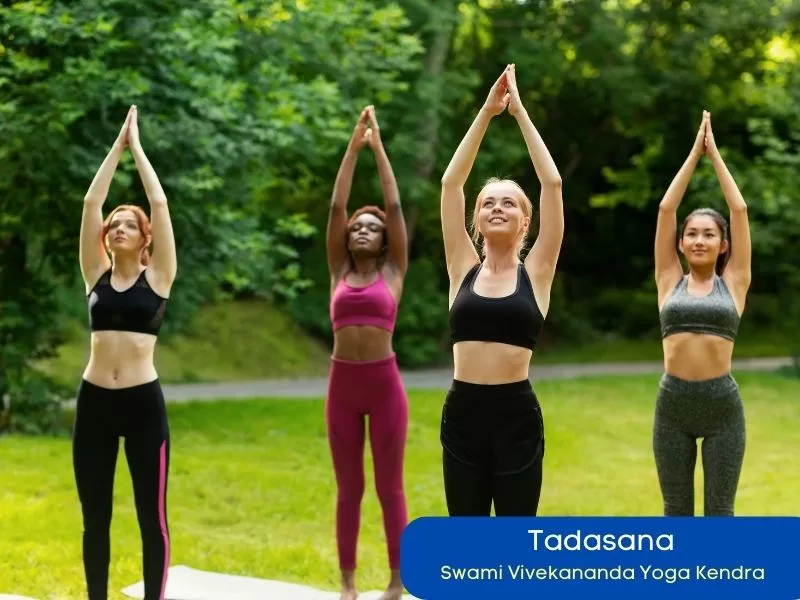
b. Trikonasana (Triangle Pose): Enhances flexibility in the spine and legs.
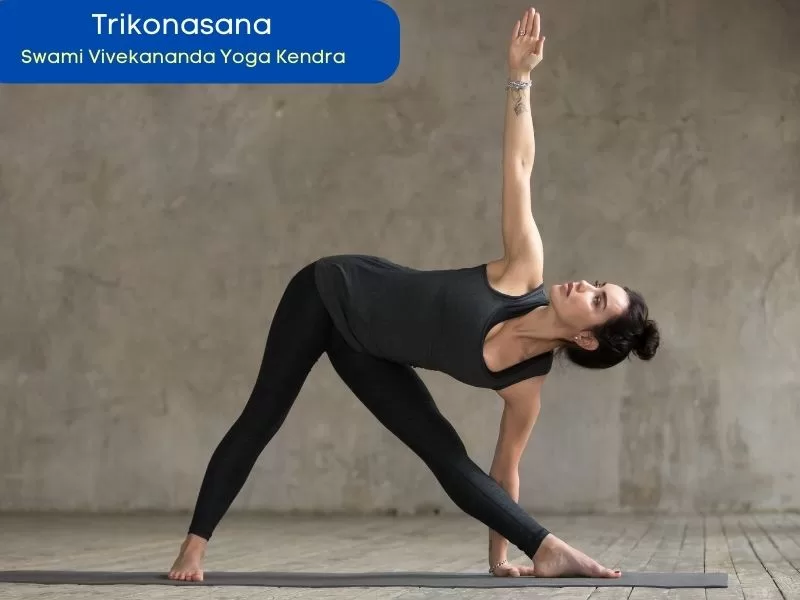
c. Bhujangasana (Cobra Pose): Strengthens the back muscles and stimulates digestion.
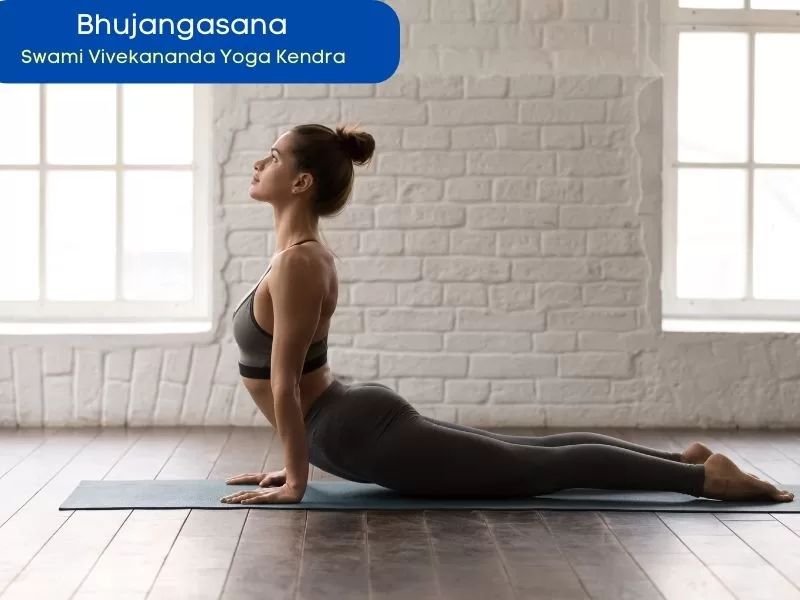
d. Vrikshasana (Tree Pose): Promotes balance and mental concentration.
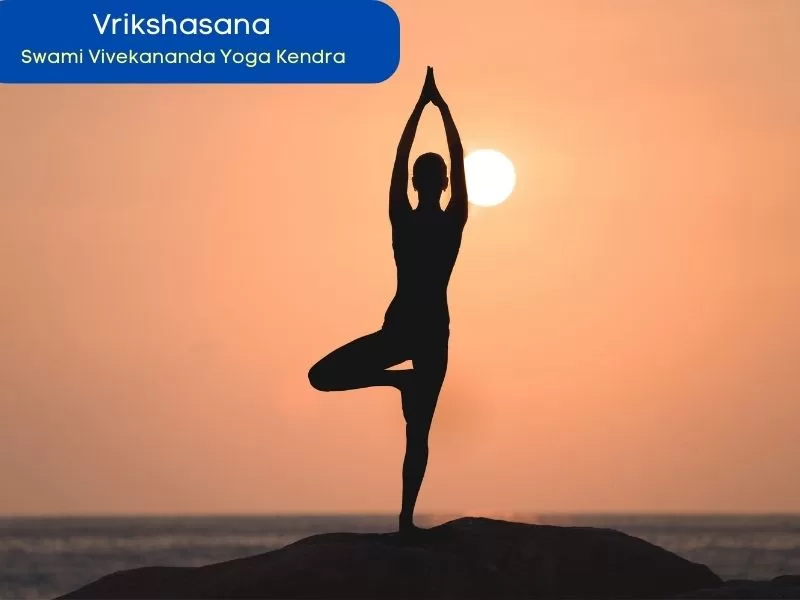
e. Paschimottanasana (Seated Forward Bend): Stretches the spine and hamstrings.
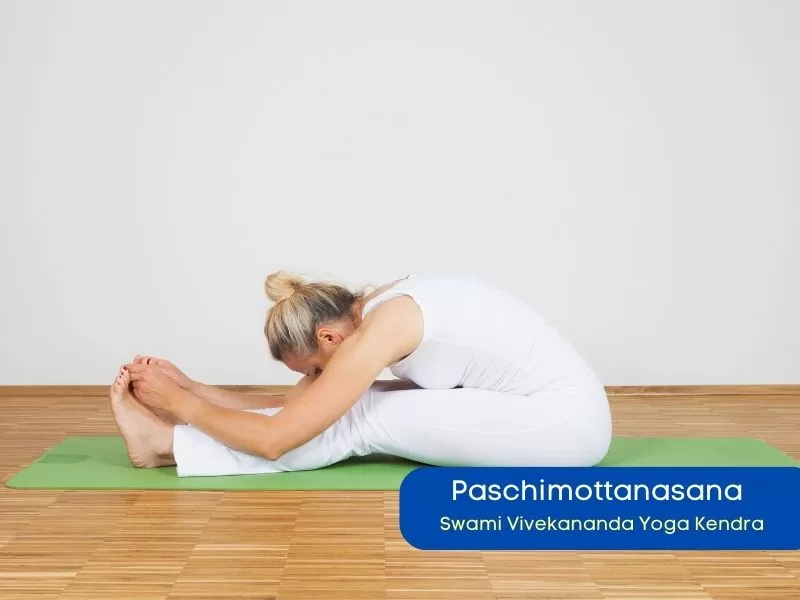
f. Savasana (Corpse Pose): Induces deep relaxation and reduces stress.
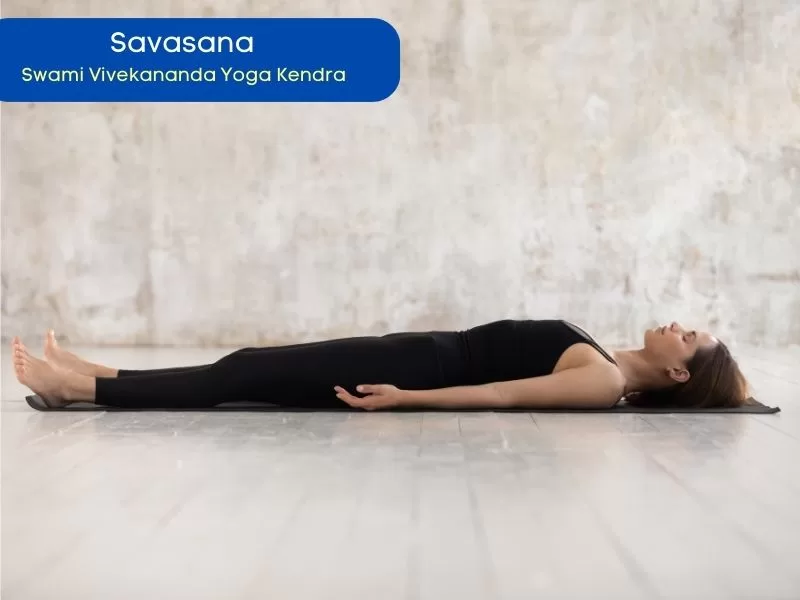
The Role of Breath in Hatha Yoga Asanas
Breath is not just a physical aspect of life; it’s a vital component of Hatha Yoga Asanas. In this section, we’ll delve into the significance of breath control, also known as Pranayama, in your Hatha Yoga journey.
Pranayama and Asanas: Understand how synchronized breathing with specific postures enhances your practice. Learn to coordinate inhalation and exhalation for optimal energy flow.
Benefits of Breath Awareness: Explore how conscious breathing reduces stress, increases oxygen supply to muscles, and fosters mental clarity during Hatha Yoga Asanas.
Practical Pranayama Techniques: Discover simple Pranayama exercises that complement Hatha Yoga Asanas, such as Ujjayi (Victorious Breath) and Anulom Vilom (Alternate Nostril Breathing).
Building Your Personal Hatha Yoga Asanas Routine
Tailoring your Hatha Yoga Asanas routine to your specific needs and goals is essential for a fulfilling practice. In this section, we’ll guide you through the process of creating a personalized routine.
Identifying Your Objectives: Determine whether you seek physical fitness, stress relief, mental clarity, or a combination of benefits. Your goals will shape your routine.
Selecting Appropriate Asanas: Learn how to choose Hatha Yoga Asanas that align with your goals and suit your current level of practice, whether you’re a beginner or an experienced yogi.
Sequencing for Balance: Discover the art of sequencing asanas to ensure a well-rounded practice that addresses all aspects of physical and mental well-being.
Progressive Practice: Understand the importance of gradual progression. We’ll provide tips on how to challenge yourself safely and track your development.
By mastering the role of breath and creating a tailored Hatha Yoga Asanas routine, you’ll elevate your practice and experience the profound benefits of this ancient discipline. Embrace the transformative power of Hatha Yoga as you embark on your personal journey towards holistic well-being.
Hatha Yoga focuses on physical postures and aims to balance the body and mind. Other forms of yoga may emphasize different aspects, such as breath control (Pranayama) or meditation (Dhyana).
Absolutely! Hatha Yoga Asanas are suitable for practitioners of all levels, including beginners. Start with basic poses and gradually progress.
Consistency is key. Aim for at least 3-4 sessions per week to experience noticeable benefits. However, listen to your body and adjust your practice as needed.
If you have specific medical conditions or injuries, consult a qualified yoga instructor or healthcare professional before starting any yoga practice.
. What is the difference between Hatha Yoga and other forms of yoga?
Can beginners practice Hatha Yoga Asanas?
How often should I practice Hatha Yoga Asanas?
Are there any contraindications or precautions to consider?
Join Us on Your Hatha Yoga Journey
Ready to embark on your Hatha Yoga courses journey? Connect with us at Swami Vivekananda Yoga Kendra by calling 7039173101. Our experienced instructors will guide you on the path to holistic well-being through the practice of Hatha Yoga Asanas.
Hatha Yoga Asanas are a gateway to achieving physical vitality and mental serenity. By incorporating these poses into your daily routine, you can experience a harmonious balance between body and mind, leading to improved overall health and well-being. Start your Hatha Yoga practice today and discover the transformative power of these ancient postures.


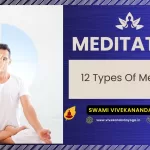

Comments are closed.